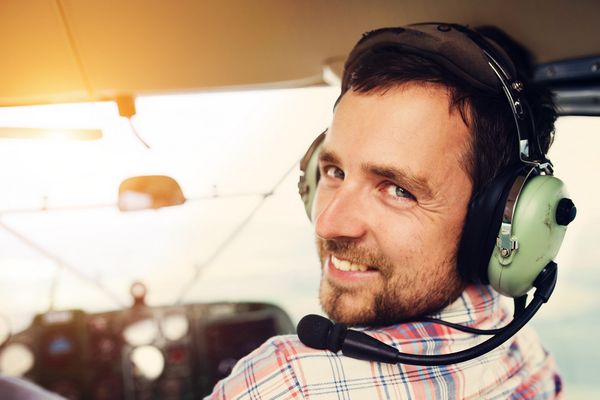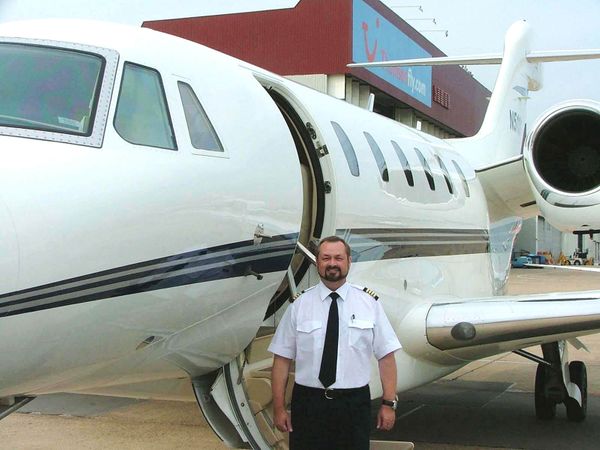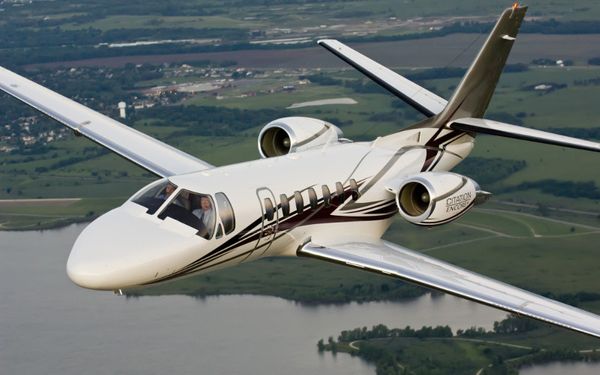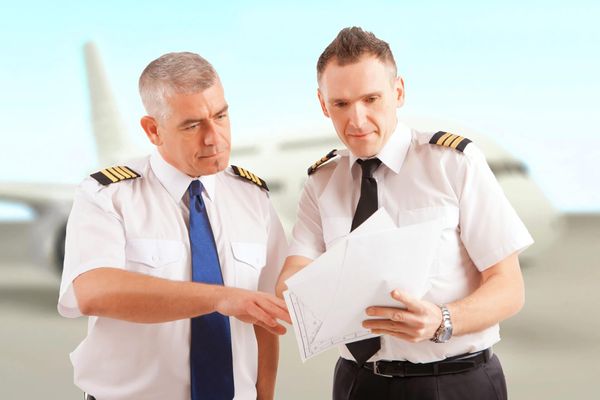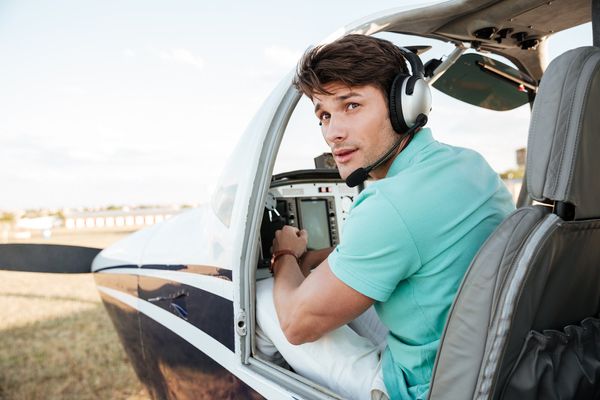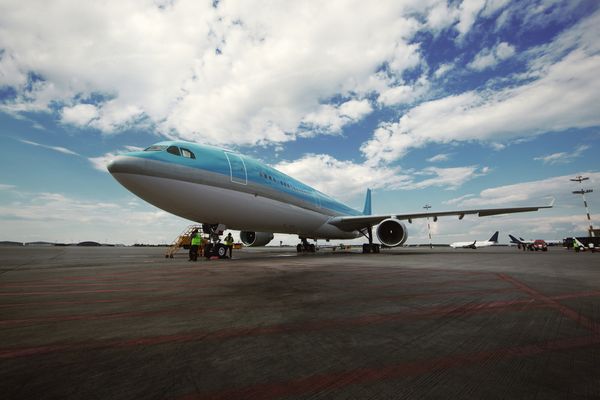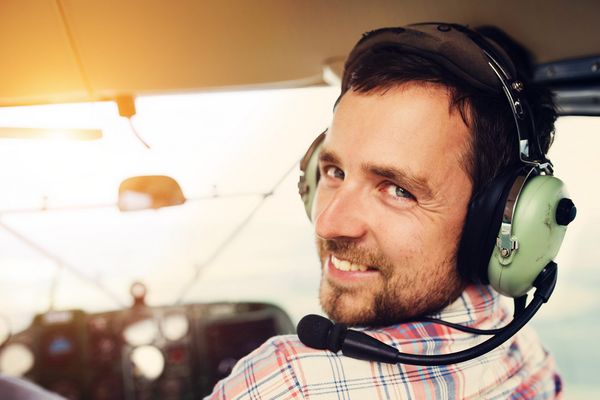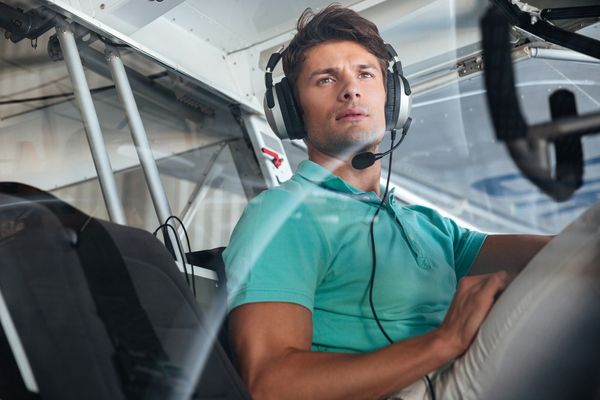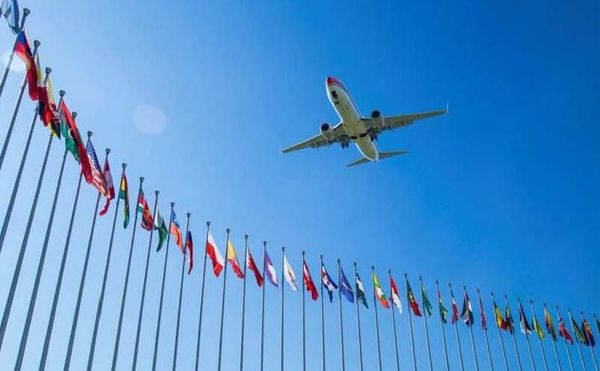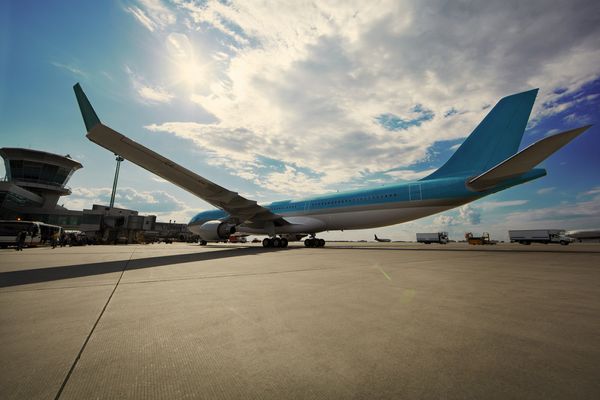The Benefits of Aviation Consulting for Flight Operations
At Jet Safety International, we understand that running a flight operation is no small task, and our aviation consulting services are designed to make it smoother, safer, and more efficient. Whether you’re managing a corporate flight department or a charter operation, expert guidance can elevate your performance. In this blog, we’ll explore how aviation consulting services can transform your flight operations, ensuring you stay ahead in a complex industry.
morePreparing for Your CE-525 Type Rating Practical Test
At Jet Safety International, we know that earning your CE-525 type rating is a significant milestone for any pilot flying the Citation 525 series. This certification ensures you’re equipped to handle the jet’s unique demands with skill and safety. In this blog, we’ll guide you through preparing for your CE-525 type rating Practical Test, offering practical steps to help you succeed. Let’s get you ready to ace that check-ride and fly with confidence!
moreThe Role of the CE-525 Type Rating in Aviation Safety
At Jet Safety International, we’re passionate about assisting pilots to fly with precision and confidence, and a CE-525 type rating is part of that mission. Flying a Citation 525 series aircraft demands specialized skills, and this certification ensures you’re ready to handle the complexities of these jets safely. In this blog, we’ll explore how a CE-525 type rating bolsters aviation safety, enhancing your skills and confidence. Let’s see how this this training will help you.
moreTimelines to Expect for Our Citation Recurrent Training Courses
At Jet Safety International, we know that keeping your skills sharp as a pilot is a top priority, especially when it comes to citation recurrent training. Whether you’re flying a CE-500 or CE-525 series aircraft, staying current and proficient isn’t just about meeting regulations—it’s about ensuring safety and confidence in the cockpit. In this blog, we’ll walk you through the timelines you can expect when you train with us so you’re ready to soar with peace of mind.
moreTimelines to Expect for Our Citation Recurrent Training Courses
At Jet Safety International, we know that keeping your skills sharp as a pilot is a top priority, especially when it comes to citation recurrent training. Whether you’re flying a CE-500 or CE-525 series aircraft, staying current and proficient isn’t just about meeting regulations—it’s about ensuring safety and confidence in the cockpit. In this blog, we’ll walk you through the timelines you can expect when you train with us so you’re ready to soar with peace of mind.
moreCommon first time Citation PIC Type Rating Training Challenges Jet Safety International Will Help You Overcome
Citation PIC initial Type Rating training is a significant step for pilots looking to further their skills and careers. At Jet Safety International, we understand the unique challenges that come with this training. Our commitment to excellence ensures that you receive the support and guidance needed to navigate these challenges effectively.
moreHow a Citation SIC Type Rating Can Further Your Flying Career
The aviation industry demands that pilots enhance their knowledge, skills and qualifications for career development.
Earning a Citation SIC type rating can be a significant step toward career growth. Whether you're just starting in in jet aircraft or looking to broaden your qualifications, this certification is an asset that can open doors to the next step.
moreCommon Challenges Faced During Citation PIC Training Jet Safety International Will Help You Overcome
Citation PIC training is a crucial step for pilots looking to further their skills and careers. At Jet Safety International, we understand the unique challenges that come with this training. Our commitment to excellence ensures that you receive the support and guidance needed to navigate these hurdles effectively.
moreCE-525 Type Rating Training and Your Path to Aviation Excellence
Pursuing your initial jet Type Rating in a CE-525 is a highly significant step for a pilot looking to further their aviation career. No matter what your current aviation experience, your initial jet Type Rating in a CE-525 is will shape you’re skill and confidence as a pilot. At Jet Safety International, we know exactly how to provide a comprehensive, efficient, and supportive training experience tailored to your unique needs.
moreHow Our Aviation Consulting Services Put the Emphasis on Safety and Operational Efficiency
At Jet Safety International, our aviation consulting services are designed to emphasize safety and operational efficiency for our clients. We aim to provide the highest quality training and consultation that meets the unique needs of each operator and pilot. Read on to discover how our services can enhance safety and operational efficiency.
moreCitation Recurrent Training Without Compromise From Jet Safety International
Recurrent training is an absolute necessity to maintaining pilot proficiency, meeting regulatory requirements, and adapting to technological advancements.
moreWhy Your First Citation PIC Type Rating Should Be in the Actual Aircraft
Obtaining your first PIC type rating is an essential milestone. Here’s why your first Citation PIC type rating should be earned in the actual aircraft.
moreCommon Challenges in CE-500 Type Rating Training and How to Overcome Them
Are you looking for CE-500 type rating training? Continue reading for the challenges you will face and how to overcome them.
moreHow Air Traffic Control Communications Should Be Done in International Operations
Communication is a key aspect of pilot training. Here is how air traffic control communications should be done in international operations.
moreHow Long Does It Take to Complete a PIC Type Rating?
A type rating is required to fly a “large aircraft” meaning one that has a maximum certificated takeoff weight of greater than 12,500 lb. or an aircraft that is jet powered.
moreAviation Consulting Services Multicrew Pilot License (MPL)
Jet Safety International has been involved in aviation consulting for major Asian airlines both within the United States and in Southeast Asia.
more3 Ways Aviation Consulting Services Can Improve Airline Operations
At Jet Safety International, our aviation consulting service is dedicated to helping your airline improve operations safety.
moreSpring Cleaning, Aviation Addition: When Is It Time to Refresh Your Flight Training?
Spring is right around the corner. While you're cleaning around your office and getting ready for the warmer weather, it may be worth considering refreshing your flight training, too. While certain pilot licenses don't expire, recurrent training is still important (and often required), especially because safety procedures can change. But how do you know when it's time to refresh your flight training?
Consider Your Type Rating
According to SkyTough, there are over 100,000 commercial pilots operating in the United States. Different pilots have different type ratings, which is the designation on your license that proves you can fly a specific aircraft. The FAA mandates certain requirements depending on your type rating. For example, a SIC-type rating doesn't expire, but it's necessary to have three bounces in the last year. A PIC-type rating, on the other hand, needs to be current, and you'll need annual recurrent training to maintain your license. This is for your safety as well as for the safety of others on the aircraft and on the ground.
Consider How Long You've Been Flying
While all pilot certificate holders in the U.S. are required to take a biennial flight review every 24 months, you may need recurrent trainings if you've taken a longer break from flying. Of course, you'll still have your credits from your initial classes and certification, and your pilot's license doesn't go away simply because it's been many years since you've gotten behind the wheel of a plane. However, you'll need additional recurrent training to ensure you're up-to-date on the latest regulatory changes, safety procedures, and more.
moreJet Safety International: Excellence Across the Globe
Even if you aren’t located in the United States, Jet Safety International is here to provide for your recurrent and citation training needs.
moreHow Do Different Weather Conditions Impact Flying?
Earning your pilot's license and receiving recurrent training classes are a great way to build new skills and hone current ones.
moreWhat Pilot's License Do You Need in the New Year?
Read this blog to learn what kind of pilot's license you need for the new year. Course instructors will be able to help.
moreWhy Airlines Considering MPL Training Need a Consultant
MPL consultancy services can assure excellence in the certification and implementation of world-class flight crew training.
moreWhen Is It Required to Have an SIC-Type Rating?
If you're in need of an SIC-type rating, you can begin by completing the CE-525 SIC-type rating course at Jet Safety International.
moreBack to Flight School: 5 Things You Need for Flight Training
Whether you're new to flight classes or in recurrent training, it's crucial to make sure you're prepared to get behind the wheel of a plane.
moreWhat Makes Jet Safety International Ideal for International Aviation Training?
Our course instructors offer training for pilots who may be transitioning to a different aircraft or who may be flying multiple types within a series.
more
